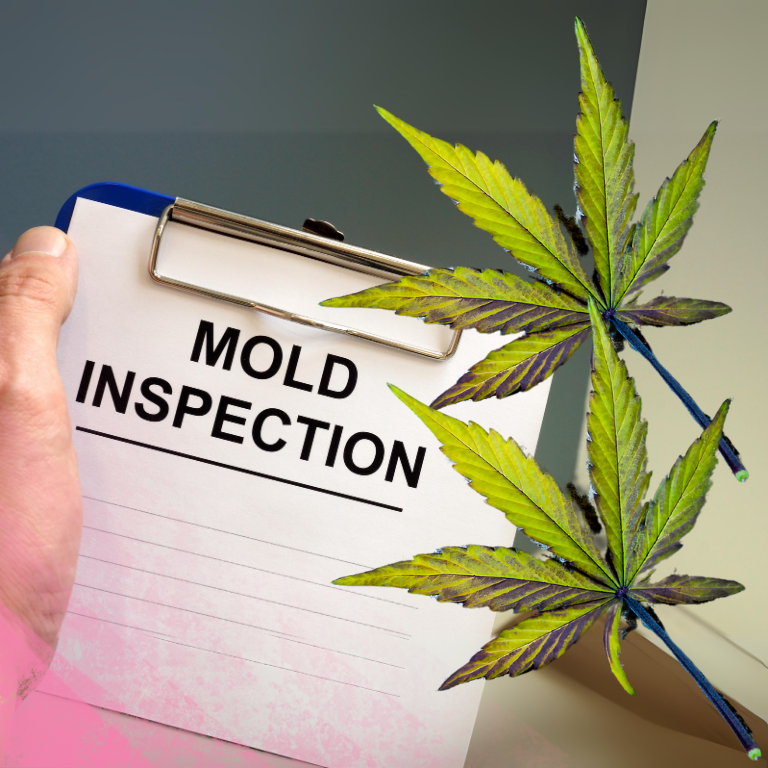Cleanroom Solutions for Commercial Cannabis Cultivation

As the cannabis industry continues to grow and evolve, maintaining high standards for cultivation is becoming increasingly important. One of the most effective ways to ensure the highest quality and safety of cannabis products is through commercial cultivation in cleanroom environments. These controlled environments offer numerous benefits, from reducing contamination risks to optimizing growing conditions. This article explores the advantages of using cleanroom environments for commercial cannabis cultivation and provides insights into the best practices for implementing this approach.
The Importance of Cleanroom Environments
Cleanrooms are controlled environments designed to minimize the presence of contaminants such as dust, microbes, and chemical vapors. They are commonly used in industries like pharmaceuticals, biotechnology, and electronics manufacturing, where maintaining a sterile environment is crucial. In the context of cannabis cultivation, cleanrooms offer several key benefits:
- Contamination Control: Cleanrooms significantly reduce the risk of contamination from mold, bacteria, and pests, ensuring that the cannabis plants remain healthy and free from harmful pathogens.
- Consistent Quality: By maintaining strict environmental controls, cleanrooms help produce cannabis with consistent quality and potency, meeting the stringent standards required for medical and recreational use.
- Regulatory Compliance: Many regulatory bodies require cannabis producers to adhere to Good Manufacturing Practices (GMP). Cleanroom environments facilitate compliance with these regulations, ensuring that products are safe for consumption.
Key Components of a Cleanroom for Cannabis Cultivation
Implementing a cleanroom for cannabis cultivation involves several critical components and considerations:
Air Filtration and Ventilation
Air quality is paramount in a cleanroom environment. High-efficiency particulate air (HEPA) filters are used to remove airborne particles, while heating, ventilation, and air conditioning (HVAC) systems control temperature and humidity. Proper ventilation ensures a constant supply of fresh air, preventing the buildup of contaminants.
Controlled Environmental Conditions
Maintaining optimal environmental conditions is crucial for the healthy growth of cannabis plants. Cleanrooms allow precise control over temperature, humidity, light, and CO2 levels. This control helps create an ideal environment for photosynthesis and growth, leading to higher yields and better-quality products.
Sanitization and Sterilization Protocols
Strict sanitization and sterilization protocols are essential to prevent contamination. This includes regular cleaning of surfaces, equipment, and tools, as well as the use of sterilized water and growing media. All personnel entering the cleanroom must adhere to hygiene standards, including wearing protective clothing and undergoing decontamination procedures.
Monitoring and Automation
Advanced monitoring systems track environmental conditions in real-time, allowing for immediate adjustments if parameters deviate from the desired range. Automation technologies can further enhance efficiency by automating tasks such as irrigation, nutrient delivery, and environmental controls.
Benefits of Cleanroom Cultivation for Cannabis
The controlled environment of a cleanroom minimizes stress factors for the plants, promoting vigorous growth and higher yields. With fewer pests and diseases to contend with, plants can focus their energy on producing flowers, resulting in a more bountiful harvest.
Superior Quality and Potency
Cannabis grown in cleanrooms tends to have higher cannabinoid and terpene profiles due to the optimal growing conditions. This results in a superior product with enhanced flavor, aroma, and therapeutic effects, meeting the demands of discerning consumers and patients.
Reduced Use of Pesticides and Chemicals
The sterile environment of a cleanroom reduces the need for pesticides and chemical treatments, leading to a cleaner, more natural product. This is particularly important for medical cannabis patients who may be sensitive to chemical residues.
Improved Compliance and Certification
Operating a cleanroom facilitates compliance with GMP and other regulatory standards, making it easier to obtain necessary certifications and approvals. This can open up new market opportunities and enhance the credibility of the cannabis producer.
Challenges and Considerations
While the benefits of cleanroom cultivation are significant, there are also challenges and considerations to keep in mind:
Initial Setup Costs
Establishing a cleanroom can be expensive, with costs associated with construction, equipment, and technology. However, the long-term benefits in terms of product quality, yield, and regulatory compliance can justify the investment.
Ongoing Maintenance and Training
Maintaining a cleanroom requires ongoing effort and diligence. Regular maintenance of equipment, adherence to sanitization protocols, and continuous training for staff are essential to ensure the cleanroom operates effectively.
Scalability
Scaling up cleanroom operations can be complex and requires careful planning. Ensuring that environmental controls and protocols are consistently applied across larger areas is critical to maintaining the benefits of cleanroom cultivation.
Best Practices for Cleanroom Cannabis Cultivation
To maximize the benefits of cleanroom cultivation, consider the following best practices:
Design and Layout
Plan the cleanroom layout to facilitate efficient workflow and minimize contamination risks. Separate areas for different stages of cultivation (e.g., cloning, vegetative growth, flowering) can help contain any potential issues.
Integrated Pest Management (IPM)
Implement an Integrated Pest Management (IPM) program that combines preventive measures with monitoring and control strategies. Even in a cleanroom, vigilance is required to prevent pest infestations.
Data-Driven Decision Making
Use data collected from environmental monitoring systems to make informed decisions about cultivation practices. Analyzing trends and patterns can help identify areas for improvement and optimize growing conditions.
Continuous Improvement
Regularly review and update protocols and procedures to ensure they remain effective. Engage with industry experts and stay informed about advancements in cleanroom technology and cannabis cultivation practices.
Commercial cannabis cultivation in cleanroom environments represents a significant advancement in the industry. By providing a controlled, sterile environment, cleanrooms enhance the quality, safety, and yield of cannabis crops. While the initial investment and ongoing maintenance can be challenging, the benefits in terms of product consistency, regulatory compliance, and marketability make cleanroom cultivation a worthwhile endeavor. As the cannabis industry continues to evolve, adopting cleanroom environments may well become the standard for high-quality, reliable cannabis production.











